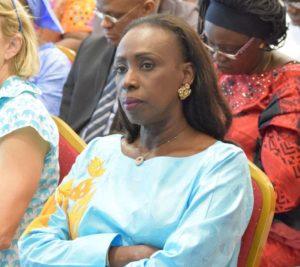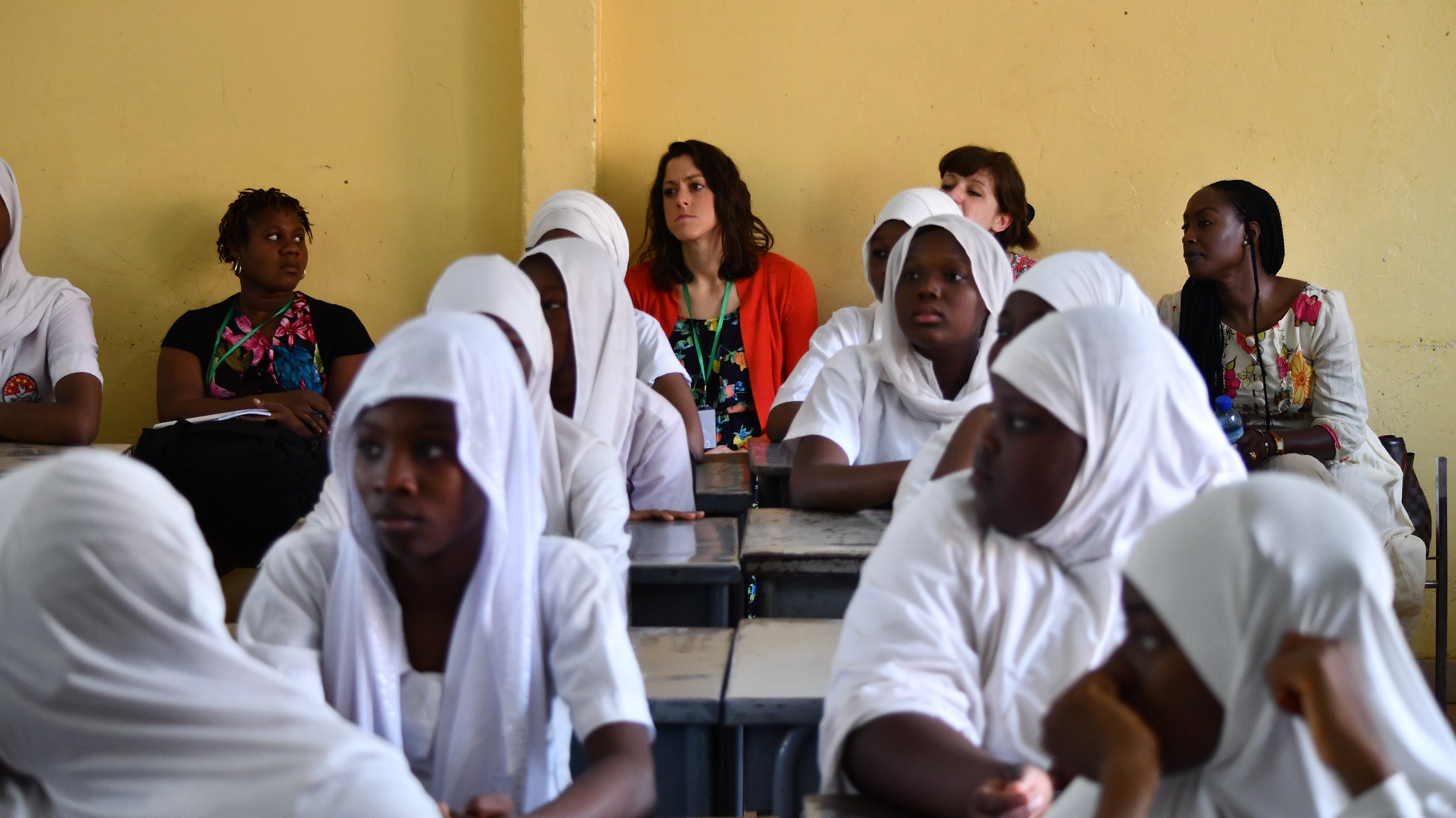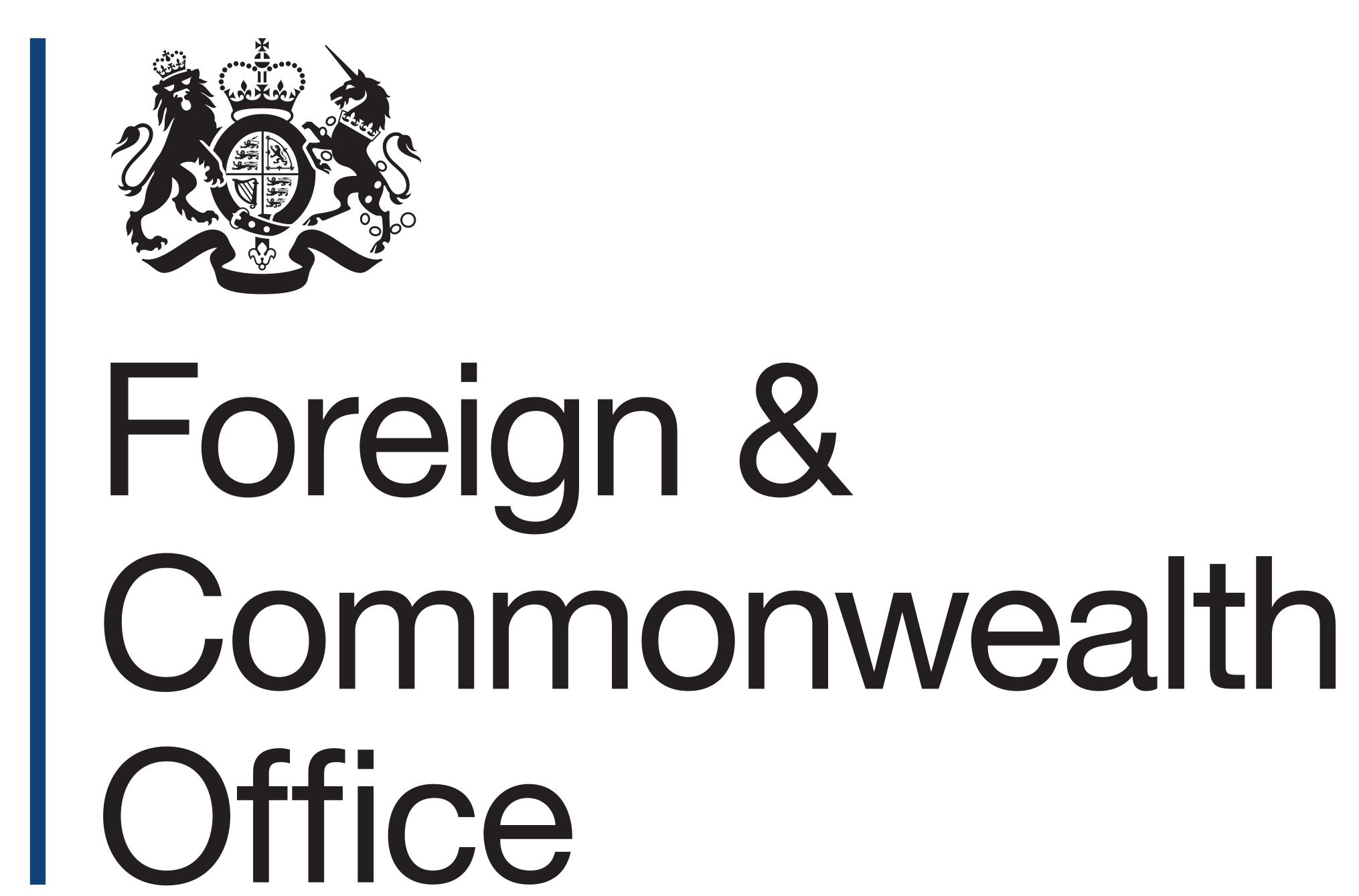
No better time for Canada to invest in francophone West Africa
9 mars 2016
I have spent many years advocating for access to family planning so that women and girls in my native Mauritania and the wider Francophone West Africa region can lead healthy, prosperous lives. It hasn’t always been easy and West Africa rarely comes to mind as a region where women and girls are flourishing. But, over the last few years, we’ve quietly achieved something great – and we’d like Canada to be a part of it.
It’s fitting that we’re making this appeal on International Women’s Day. Canada has long championed the health and rights of women and girls in Francophone West Africa and Prime Minister TRUDEAU has voiced his commitment to continue this important work. To ensure this commitment translates to impact, I’d like to share a hidden story of success to show how Canada can make a difference for women and girls.
Over the past five years, Francophone West Africa has been home to one of the most staggering success stories in international family planning. Late last year we became the first and so far, only region in the world to meet and exceed our goal of enabling more women and girls to access modern contraceptives.
This achievement is all the more startling when you see how far we’ve come. In 2012, the UN reported that, while over 50 percent of married women in developing countries around the world were using modern methods of contraception, only about 10 percent of women in western Africa were doing the same. The results: burgeoning populations, over-taxed social services, increasing poverty, and dismal health outcomes, including some of the highest maternal mortality rates in the world. Many told us that family planning progress was impossible.
In response, nine countries across Francophone West Africa – Benin, Burkina Faso, Cote d’Ivoire, Guinea, Mali, Mauritania, Niger, Senegal, and Togo – came together to form the Ouagadougou Partnership. In 2011, this group pledged to increase the number of users of modern contraceptive methods by one million women by 2015, an increase of a third over the previous total.
Many thought the Partnership would fall short. But it didn’t. Instead, it surpassed all expectations: between 2012 and 2015, Ouagadougou Partnership countries increased the number of users of modern contraceptives by 1.2 million, exceeding their “impossible” goal by an impressive 20 percent.
We have made incredible gains in family planning, and the momentum is strong. Still, the United Nations estimated that in 2015 more than 15 million married women in western Africa wanted to use a modern method of contraception, but lacked access or resources to do so. We have much work ahead, and we hope Canada will add its strength to ours.
The Ouagadougou Partnership has been so effective because it is rooted in local reality. My colleagues across the Partnership have made drastic progress because they’ve coordinated closely, sharing what has worked and what hasn’t, in their efforts to reach more women. And they’ve carefully crafted bespoke programmes that take into account the context and culture of our region.
We’ve measured our impact, too. Donors to the Ouagadougou Partnership have witnessed better results from their investments because we draw on carefully gathered and vetted data to align investments and resources with countries’ particular needs. As a result, donors—seeing results—have increased their funding by over a third on average since the Partnership formed.
We have also helped countries and donors develop programs that address specific barriers to family planning. For example, by working with religious leaders to become advocates for contraception and to assure their communities that family planning is in line with their religious beliefs.
By working within the framework of the Partnership, an investment in any one of the member countries is an investment in all of them. Evidence and ideas are shared widely across this tight-knit band of government bodies, donors, and implementing partners, and my team keeps all members informed and on target. It’s a proven system that has worked.
Spurred by success, donors and country governments have established an even bolder goal: for the nine countries to collectively add 2.2 million additional users by 2020. They pledged to do whatever it takes – including improving domestic and international funding, addressing national laws and regulations, and recruiting new partners – to continue this unbelievable progress for women and girls.
Prime Minister Trudeau has pledged to refocus Canadian development assistance “on the poorest and most vulnerable” and that its work on maternal, newborn and child health be driven by evidence and outcomes. This is our mantra as well, and we invite the Canadian government to stand together with us.
The upcoming Women Deliver Conference in Copenhagen is a prime opportunity for Canada to reassert its commitment to closing gaps in reproductive rights. The timing couldn’t be better for Canada to take a stand for women and girls and turn its pledge into action. We have shown gains in family planning are possible in Francophone West Africa, and with your help the region just might surprise the world again. We offer you our support and assistance and hope you will join our fight.
Fatimata SY
 Plus d'articles
Plus d'articles

Le Partenariat de Ouagadougou donne la parole à des femmes d’influence La journée internationale qui célèbre chaque 8 mars dans le monde les droits des femmes, appelle également à la réduction des inégalités entre hommes et femmes. Cette année la communauté invite à travers le thème « Investir sur les femmes : accélérer le rythme » à plus […]
La 12ème édition de la Réunion Annuelle du Partenariat de Ouagadougou (RAPO), s’est tenue du 11 au 13 Décembre 2023 au Sofitel Abidjan Hôtel Ivoire sous le thème : «Genre et Santé Reproductive : les stratégies pour un changement social et comportement en faveur de la jeunesse». Évaluer les avancées en matière de Santé Reproductive, […]
Everyone, equally, has a human right to health. 1 However, our health systems, communities, and nations do not support people’s health equally or equitably. The COVID-19 pandemic has greatly underscored health disparities: SARS-CoV-2 infections and associated deaths differently affect women, service workers, economically disadvantaged people, and other population groups. 2 Yet, even in the best of times, […]






